Our scientists have reconstructed the economy of Neolithic farmers inhabiting the Nida Valley
Prehistoric man left behind a great wealth of traces, which an experienced researcher can read as if they were written sources. For example, from plant remains preserved at archaeological sites, it is possible to deduce what early people ate, how they dressed, what tools they used and much more. Recently, a team of archaeobotanists from our Institute, led by Magdalena Moskal-del Hoyo, reconstructed the agricultural and breeding economy of the communities inhabiting the Nida Valley in the 2nd half of the 4th millennium BC, and presented the results of this reconstruction in the Journal of Archaeological Science: Reports and The Holocene.
In the article published in the first of the mentioned journals, the subject of research was one of the richest archaeobotanical collections representing the Middle Neolithic period in Poland, originating from excavations in Mozgawa and including, among others, carpological material (seeds and fruits) and a collection of charcoal. The analysis of this collection allowed the authors to establish that the agricultural economy of the inhabitants of the Neolithic settlement was based on the cultivation of cereals (primarily einkorn wheat Triticum diccocon), flax Linum usitatissimum and leguminous plants (lentils Lens culinaris and peas Pisum sativum). It was systematically supplemented with gathering selected species of wild plants. According to the authors, what is particularly noteworthy is the surprisingly numerous remains of flax seeds and lentils – plants that have so far been practically absent in charred macrobotanical assemblages from other Neolithic settlements in Central Europe. The plants found in Mozgawa had a wide range of uses – they were used not only for consumption purposes, but also as herbal, dyeing (e.g. Lithospermum arvense) and textile raw materials (e.g. linen).
The second article aimed to link the agricultural and breeding economy with environmental conditions. This was possible thanks to the cooperation of our archaeobotanists with a large team of archaeozoologists, archaeologists and geomorphologists. Based on a series of geomorphological drillings and radiocarbon dating, the topography and hydrology around the former settlement were reconstructed, while palynological data allowed for the reconstruction of the plant cover. Scientists proved that Neolithic farmers used the resources of various habitats without overexploiting any of them. The plant diet was supplemented with the meat of domesticated animals (cattle, pigs, sheep, and goats) and wild game (deer, moose and red bears were hunted in the nearby forests), but the Nida River played a key role for the Mozgawa communities, with its enormous species richness of fish and fauna inhabiting the rushes.
More in the source articles:
Mueller-Bieniek A., Moskal-del Hoyo M., Korczyńska-Cappenberg M., Kapcia M., Nowak M. 2023. Plant macro-remains from a large middle Neolithic settlement in SE Poland – Internal diversification and possible status of the settlers. Journal of Archaeological Science: Reports 49: 104016. DOI
Korczyńska-Cappenberg M., Nowak M., Mueller-Bieniek A., Wilczyński J., Pospuła S., Wertz K., Kalicki T., Biesaga P., Szwarczewski P., Kapcia M., Cappenberg K., Wacnik A., Moskal-del Hoyo M. 2023. Middle Neolithic agricultural and land-use models in southern Poland: A case-study of the long-term settlement in Mozgawa. The Holocene 33: 619–635. DOI
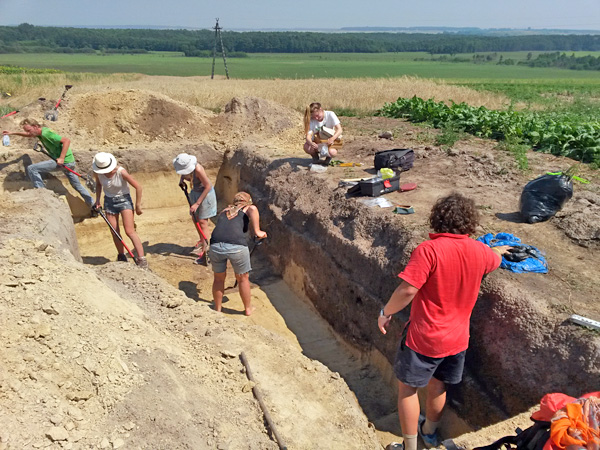
Work on excavations in Mozgawa.
Photo: Magdalena Moskal-del Hoyo
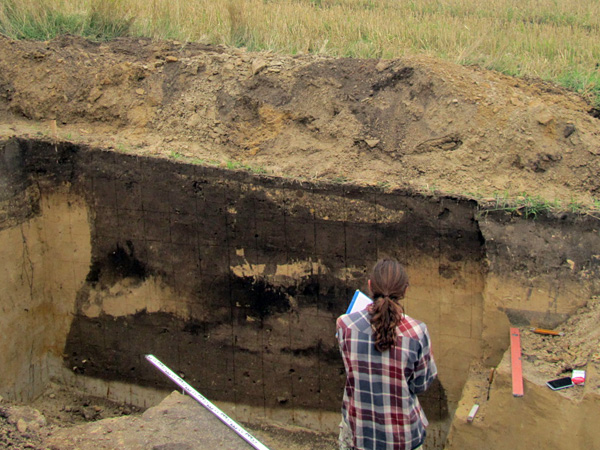
Work on excavations in Mozgawa.
Photo: Magdalena Moskal-del Hoyo
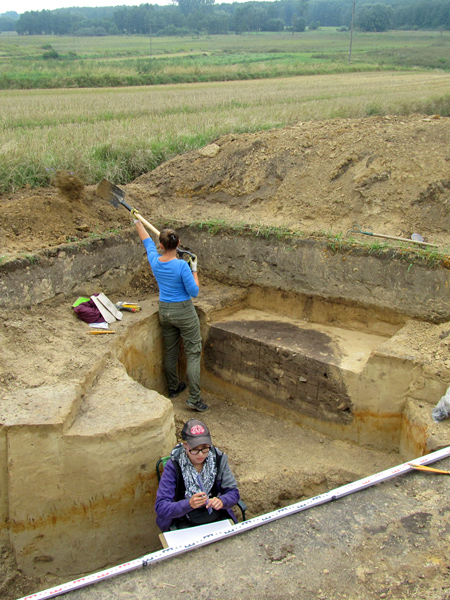
Work on excavations in Mozgawa.
Photo: Magdalena Moskal-del Hoyo
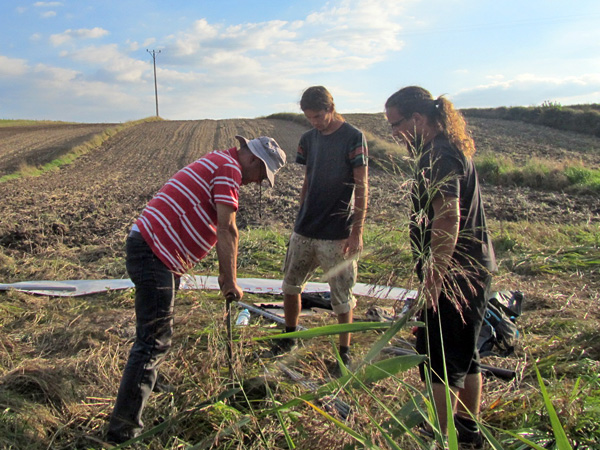
Geomorphological drilling at the foot of the slope on which the Neolithic settlement is located, to obtain, among others, palynological data.
Photo: Magdalena Moskal-del Hoyo
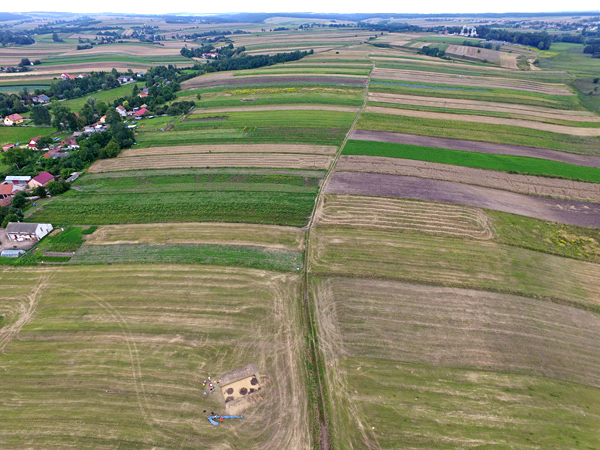
Location of the Neolithic settlement (bird's eye view of the archaeological site).
Photo: Magdalena Moskal-del Hoyo
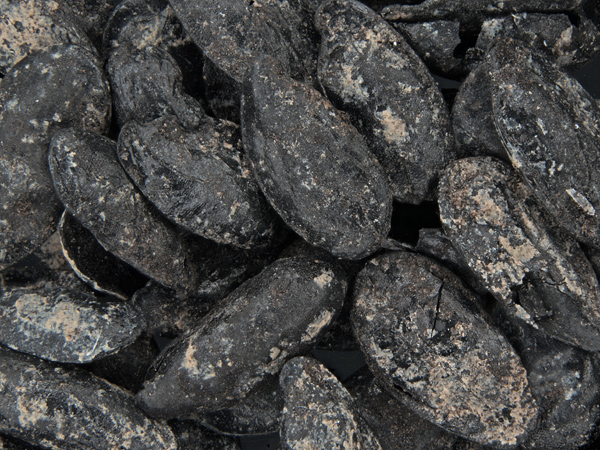
Carpological material – Linum usitatissimum seeds.
Photo: Krzysztof Stachowicz
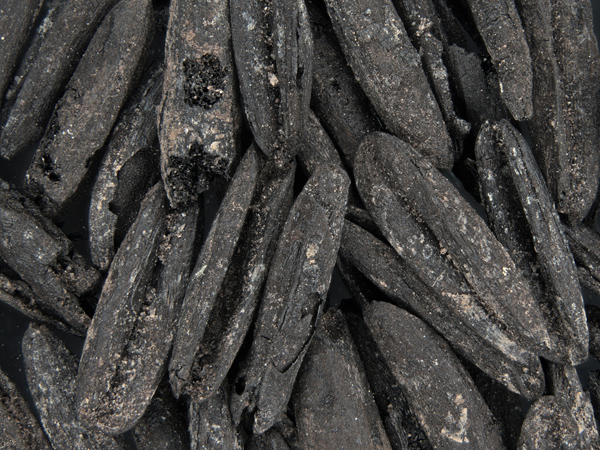
Carpological material – Bromus sp. seeds.
Photo: Krzysztof Stachowicz
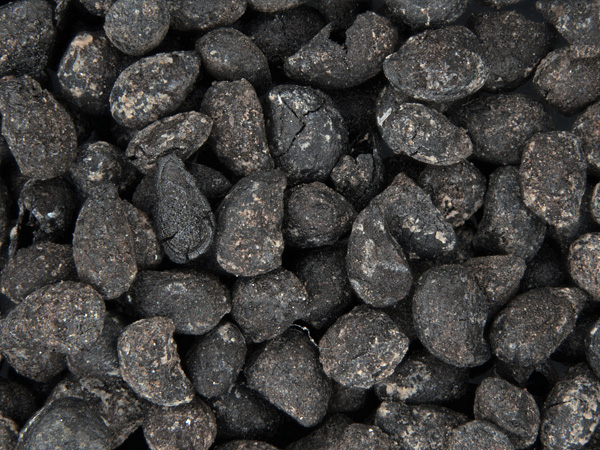
Carpological material – probably Fragaria sp. seeds.
Photo: Krzysztof Stachowicz